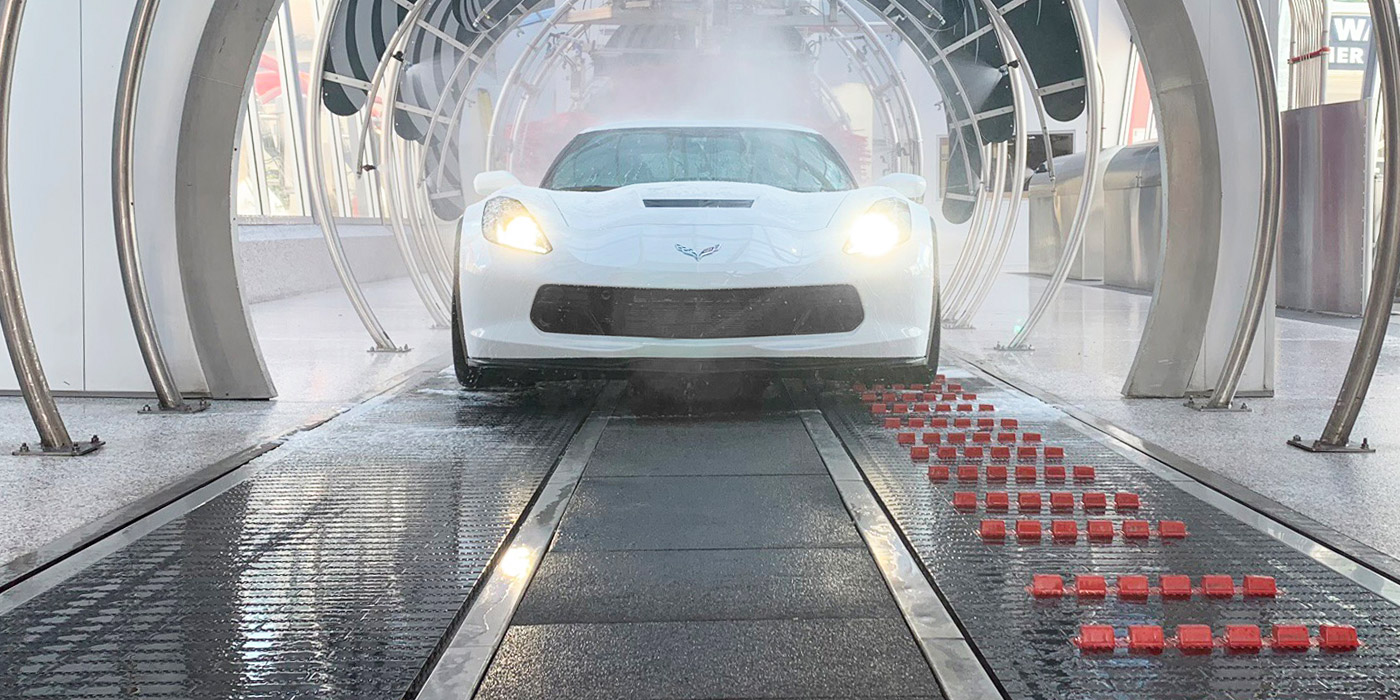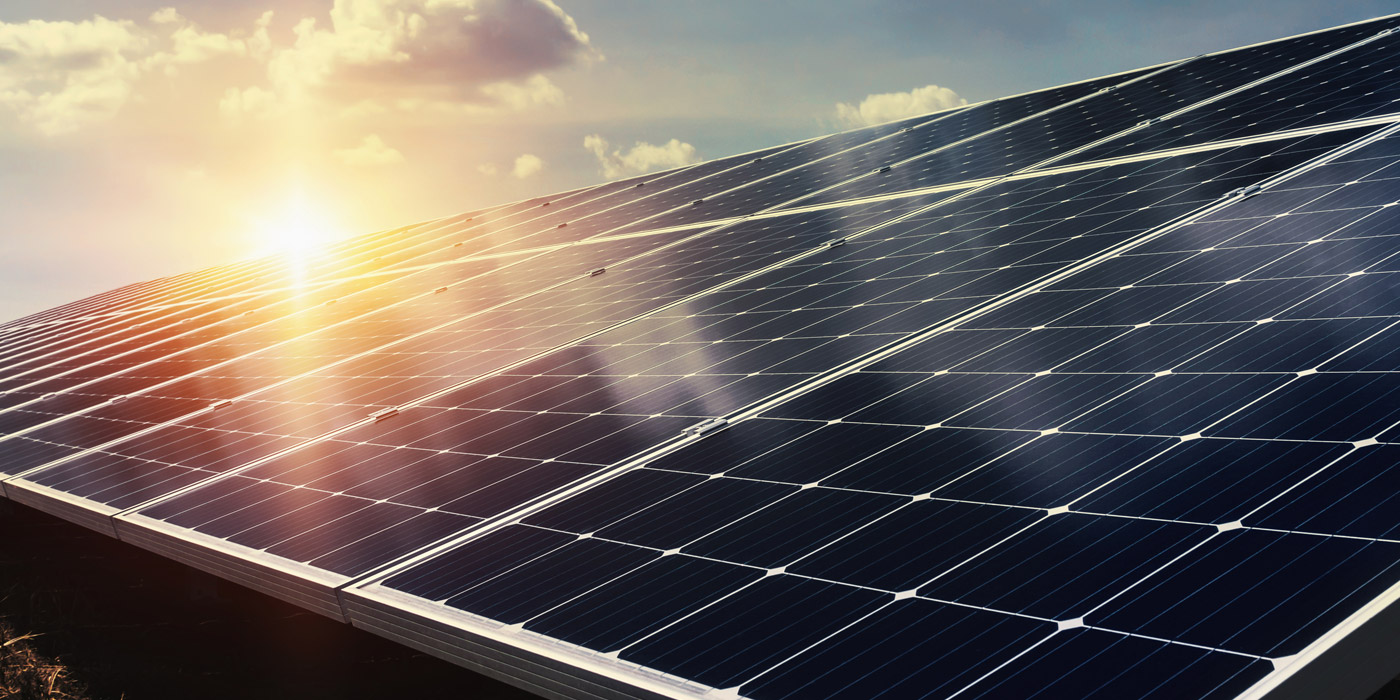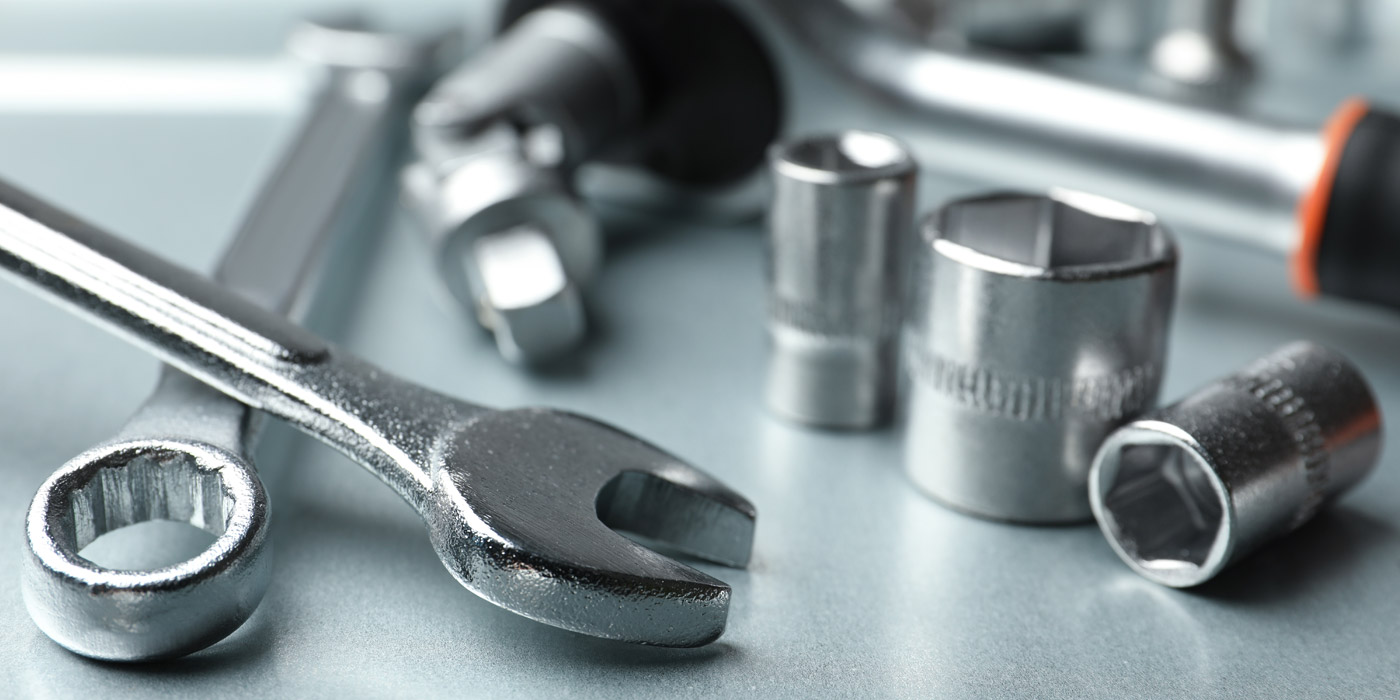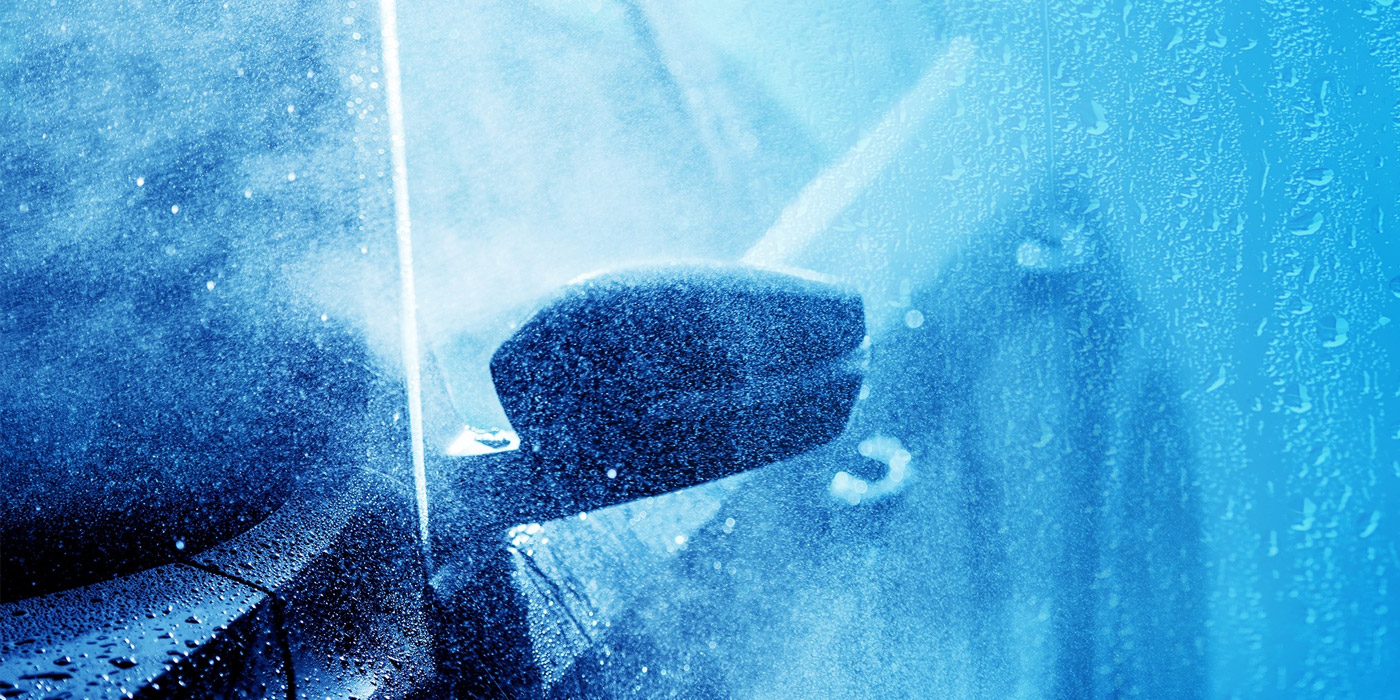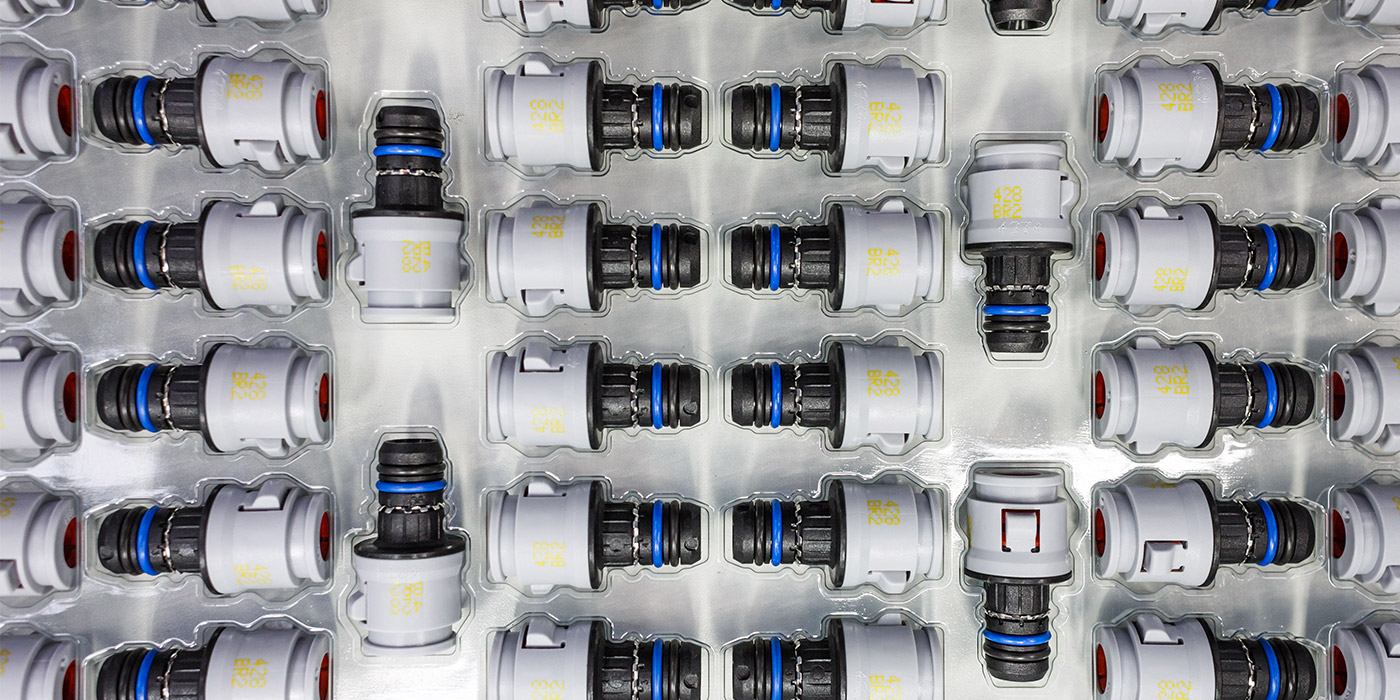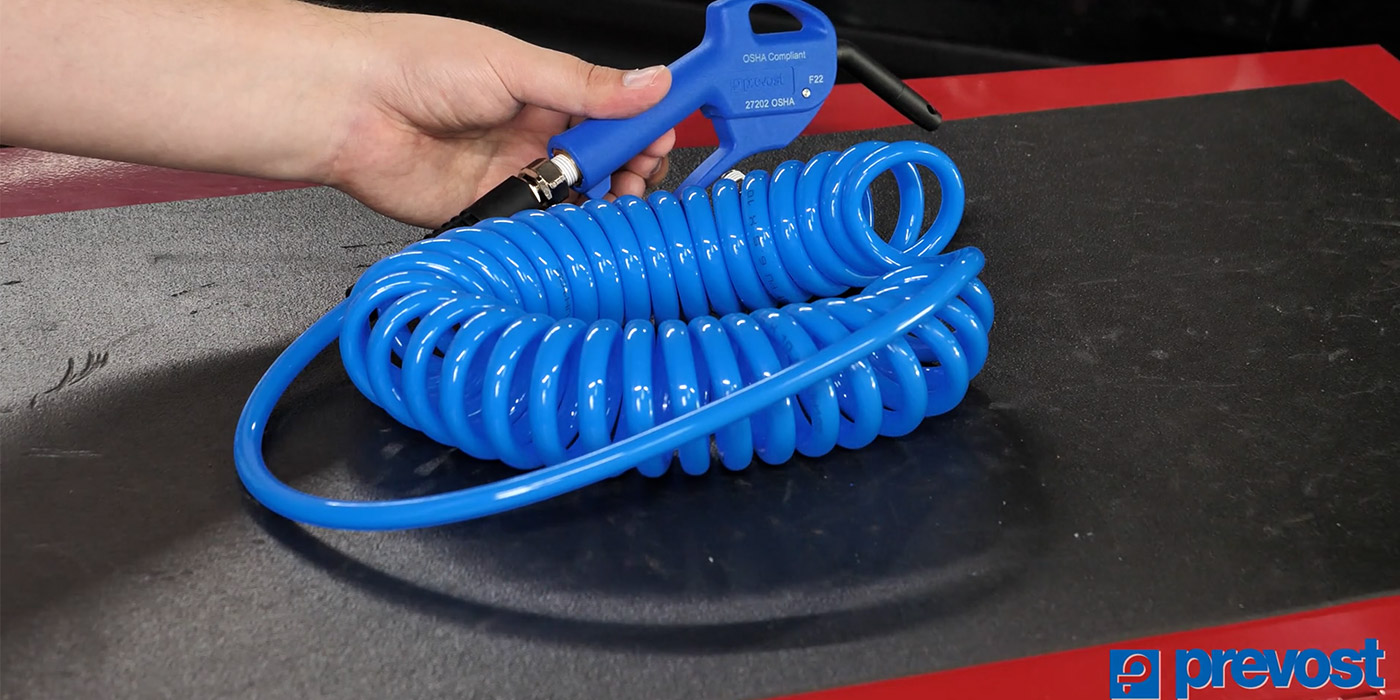Some operators offer them for free while others charge a fee. Regardless of your new carwash’s strategy, vacuums are indeed an interesting product category to monitor these days. In addition to the paid versus free debate, the equipment itself, including the advanced accessories and accompanying structures, such as vacuum arches or booms, are also being rejuvenated as new technologies and designs emerge.
So, if you’re thinking about starting a carwash or if you just recently cut the ribbon on a new carwash grand opening, you’ll want to read what the experts we contacted for this article have to say about vacuum equipment potential, investment returns and recent advancements.
What’s your number?
Vacuums are an important component in professional carwashing. But, for a new carwash, how many is enough?
According to the experts, it’s important that new operators not underestimate the number of vacuum stalls needed on their sites. Additionally, not taking into account land constraints and solely basing the number of vacuums installed on the length of your tunnel or the number of bays your wash has is also not recommended.
A good vacuum experience will draw new customers in and help retain existing customers. In fact, our experts say the more vacuums, the better. However, it’s not that simple. By not properly planning and designing the site, vacuums — or lack thereof — can cause bottlenecks, customer frustration and loss of business.
“It is a best practice to fit as many stalls on your site as possible and/or leave space for expanding the vacuum area in the future. The correct vacuum system partner will help you devise a site plan to maximize the number of stalls,” explains Steve Lieneman, vice president of sales and marketing for Vacutech.
Some of Lieneman’s other factors to consider when planning the number of vacuum stalls include car counts; the weather, which impacts how, when and for how long people vacuum; and the demographics.
Still there are other important factors to consider, such as carwash format. The vacuum needs of an express exterior carwash are different than a full-serve wash. Also, in addition to energy-savings potential — a topic we will touch on later in this article — studying your anticipated busy times of the day and year, which can be realized by watching the competition and understanding your area’s weather patterns, demographics, etc., can also help determine the number of vacuum stalls your wash needs.
Wes Taggart, principal/CEO of AutoVac, adds that new operators should ask such questions as: How many vacuum hoses will be in use during the busiest times? How many people will be vacuuming at the same time on the busiest day?
“The correct horsepower (hp) calculation is important so that all customers have a great vacuum experience,” insists Taggart, adding that bigger equipment isn’t necessarily better, as oversized vacuum systems cost more to purchase as well as more to operate. “Believe it or not, too much suction can be just as bad as not enough suction.”
New operators must also be practical when planning for carwash vacuums. Just as too few vacuums can lead to traffic flow issues, having too many stalls without demand can lead to a similar outcome — as well as the illusion that your carwash is not busy, which is not an ideal message to convey to passersby.
Partner with trusted manufacturers, suppliers and site design consultants to help maximize your lot’s space, regardless of your budget.
“Twelve-foot-wide vacuum stalls — a larger width if lanes are parallel — is important to give the customer ample room for ingress/egress of the vehicles, especially when vacuuming through all areas of the vehicle. This also allows for adjacent cars to have room to have their doors opened as well during the cleaning process,” educates Taggart.
In the end though, if you properly plan the site and allow for adequate turning radiuses, the more vacuums you can fit, experts say, the more it will benefit your business in the long run.
“The more vacuums you have on your lot, the higher the potential is to draw more customers from the competition,” confirms Patrick Pearson from GinSan/Industrial Vacuum Systems. “Customers do not want to wait in lines.”
Stall features
Modern, updated carwashes feature eye-catching vacuum arches, or booms. While acting as a magnet to draw customers in, they also serve distinct purposes, and experts are calling these advancements a real game-changer for carwash vacuums.
“Advanced vacuum arches keep hoses off the ground, where the potential for damage and injury is increased, and contribute to the overall cleanliness and neatness of a carwash site,” asserts Pearson. He adds that mat holders and canopies are also nice features to include in the stalls for enhancing the customer experience.
Another key decision to make is whether or not you want to offer single or dual vacuum hose drops with each vacuum lane. With a dual drop, customers conveniently have easier access to a hose on both sides of the vehicle, limiting injury risk as well as hose and vehicle damage.
“With dual vacuum hose drops, it is not required to share and wait while a hose is in use by another party,” notes Taggart, who also breaks down the service requirements for each option. “When a single drop vacuum manifold is installed, plan to service 100 percent of the vacuum drops. When a dual drop vacuum manifold is installed, plan to service 80 percent of the vacuum drops.”
Some of the other leading vacuum stall accessories and features Taggart recommends include:
- Trash cans
- Recycling bins
- Air lines
- Locking mechanisms
- Hoses and nozzles
- Advertising displays
- Metered use with point-of-sale display and technology
- Slide gate valves
- Microfiber towel buckets
- Vacuum head tools, such as crevice and duck claw.
Let vacs shine
LED lighting is important at a carwash, including in the vacuum areas, for several reasons. On a basic level, they provide light so customers can see what they are doing. In addition, being able to showcase the equipment, enhance surveillance efforts and use colored lighting for branding and marketing purposes are other indirect benefits of including LED lighting on your vacuum arches.
“The carwash industry today is all about delivering the best experience for the customer, and vacuums and their accessories play a major role,” educates Lieneman. “LED lighting is a top accessory for any wash. These energy-efficient lights add visibility to your site and also extend the usable hours of your vacuum plaza while adding convenience and safety for customers or wash staff.”
Adequate lighting will also help to deter vacuum misuse, vandalism and theft.
Measuring ROI
Before looking at how vacuums can pay you back, let’s touch on the paid versus free debate. For some in the professional carwashing industry, especially in the express exterior segment, free vacuums are now the standard and will continue to be so into the future.
However, for others, such as Pearson, free vacuums are a trend that this industry has seen before.
So, for new carwashes, which strategy should you employ in 2019?
“It depends on your wash format. Free vacuums are obviously more prevalent in the express exterior format,” notes Pearson. “If you’re going with free vacuums, look at what your competition is doing to make sure that’s the right decision, and then make sure your equipment can handle the demand. Look at the equipment and test it every day. Make sure the motor is working properly, the doors are sealed and the hoses are clear and not clogged.”
Cost savings and return on investment (ROI) analyses, regardless of whether or not customers are paying for the vacuums, can be realized with the help of your equipment’s manufacturer or supplier.
Direct and indirect profits and savings are possible with today’s modern carwash vacuums. Taggart points to the use of variable frequency drives (VFDs) that control and manage the power supply to vacuum motors as a way to measure a direct ROI.
“VFDs have made a significant impact in the operation and performance of vacuum systems today. These systems monitor your vacuums, so they always operate at maximum efficiency. Your motors work as much or as little as needed, depending on the actual demand for suction,” explains Taggart, adding that operators can also qualify for energy-savings-related grants and rebates when incorporating such technologies as VFDs. However, Taggart warns that not all VFD systems are created equal and leading platforms on the market today feature customized software to deliver even more benefits and savings.
Providing a positive customer experience, on the other hand, is an indirect benefit that you may not be able to tie dollars and cents to. Customers who are passing by your site wondering if they are going to patronize it or not likely won’t be wowed from the street by the technology in your tunnel or bay. But, beautiful vacuum arches that are brightly lit are another story. Then, once new customers use the vacuums, their loyalty should follow.
“When the experience is right, customers will view your carwash as a destination and will return again and again,” reassures Lieneman, who also weighs in on the free versus paid debate. “A more direct vacuum revenue stream may also be an option in certain areas. Pay options, including hybrid systems where vacuums are free only with the purchase of a carwash, may be an ideal option depending on the competitive landscape.”
The experts we interviewed for this article see equipment and motor technologies evolving moving forward, especially in the areas of performance and energy savings. In addition, expanding payment options, including mobile-enabled, will continue to be more common on vacuum equipment in the coming years.
These advancements require investments, not cuts. “One of the first things new investors look to cut when they’re over budget is the vacuums, but this equipment offers the fastest return on their investment,” warns Pearson. If you’re currently at this crossroads, experts recommend looking elsewhere.





